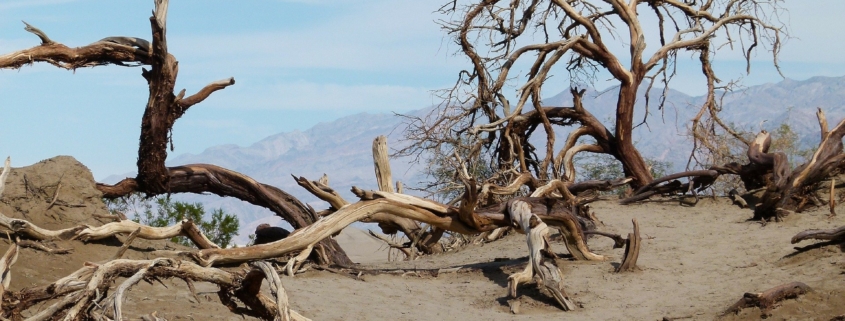The Al Baydha Project: How Regenerative Agriculture Revived Green Life in a Saudi Arabian Desert
Al Baydha is an area in western Saudi Arabia, about 20 miles south of Mecca. It comprises nine villages inside of roughly 700 kilometers, and its inhabitants are Beduin tribes, who in centennial nomadic tradition, used to move across the land with the rainfall. This, and other traditional land management methods used in the Arabian Peninsula, allowed the land to stay green for pasture; essential for the animals which are the basis for Beduin economy. But in the 1950s, those traditional systems were abolished.
The Beduin were obliged by law to settle in one area, a change that caused overgrazing and the gradual disappearance of native pasture. The community was obliged to buy barley and hay for feed. To meet expenses, they chopped trees down for sale as charcoal. Soon, the once-fertile land was nothing but rocky desert. Wells had to be dug further down to reach water, as the scant seasonal rains, with nothing to contain the water on the land, made flash floods that rolled away to the Dead Sea instead of seeping into the soil to replenish reserves.

